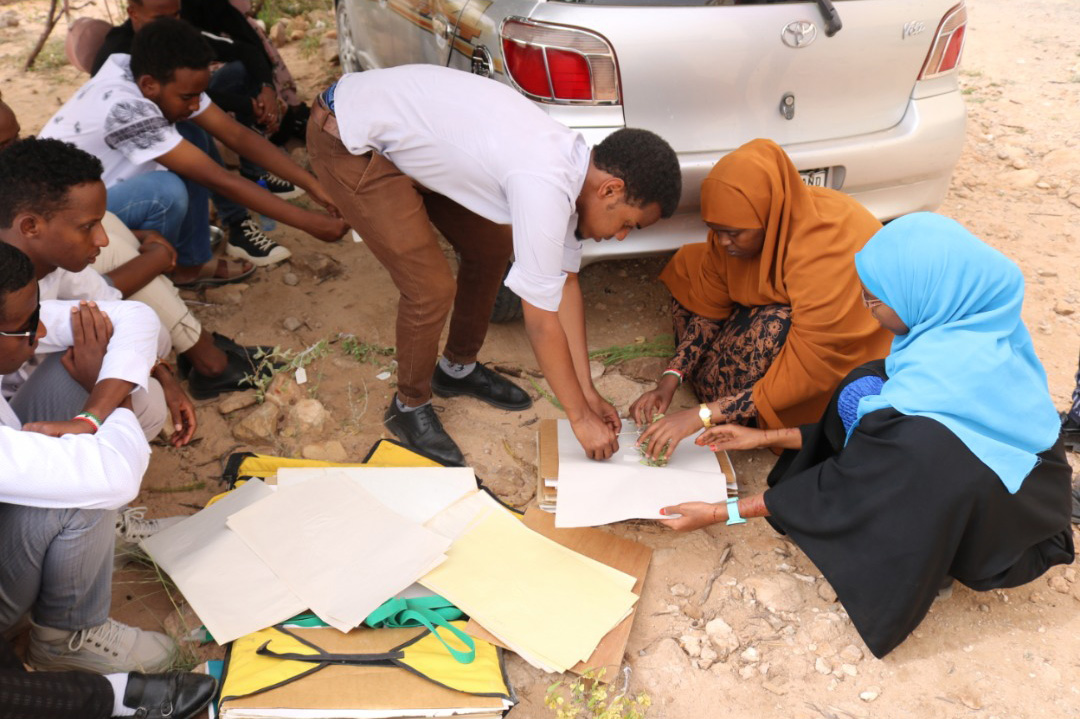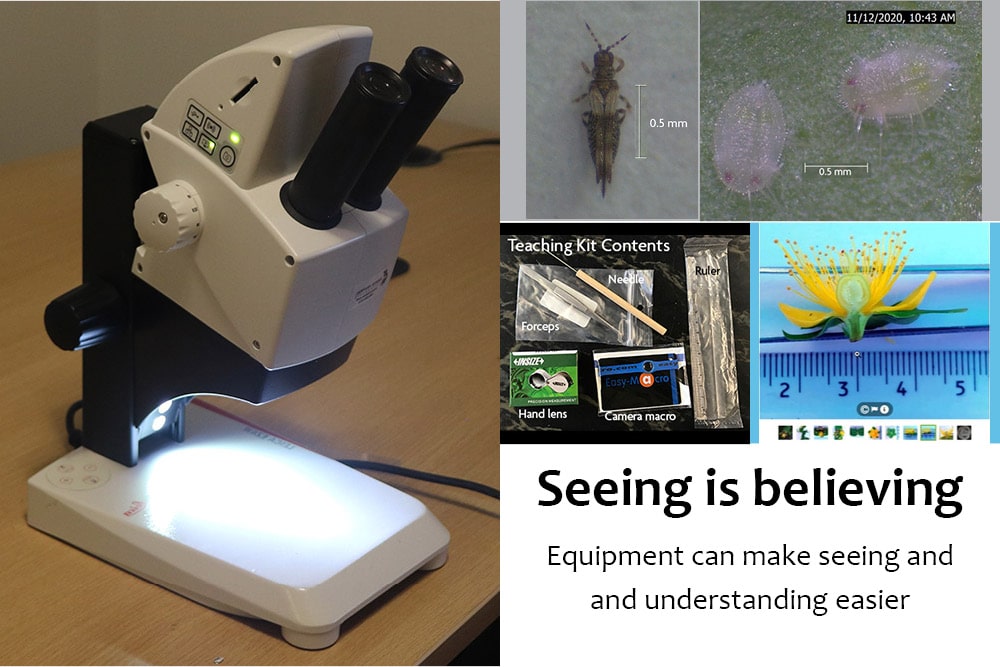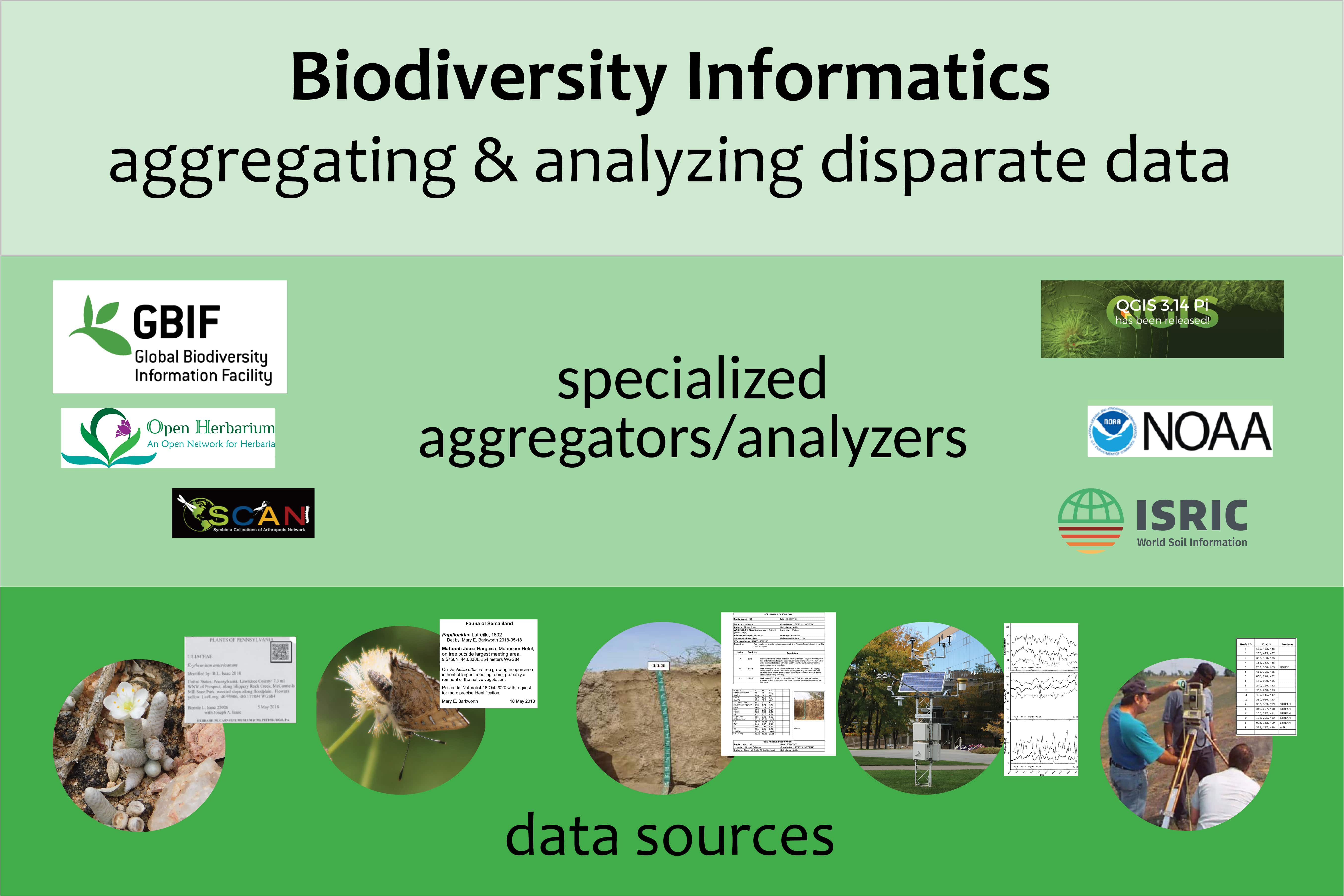Teaching resources
Teaching resources may be physical, such as books and specimen samples, or online, such as static documents, interactive questionnaires, and videos. But resources are just resources. They are educational when students interact with them, make observations, answer questions, and evaluate ideas. The Foundation is developing resources for use in teaching and learning about Somaliland’s biodiversity, together with ideas on how to use them.

Plant taxonomy
Plants are the best indicator of an area’s ecological condition because they are easy to see. Consequently, learning to identify plants and understand their biology is fundamental to biodiversity conservation and management. Plant taxonomy courses focus on classification and identification, but these activities are built on an understanding of plant biology. Resources for teaching plant taxonomy in Somaliland are here.
Biodiversity informatics
Biodiversity informatics integrates large amounts of data from different sources. Its tools can be used if the data provided are well-structured. This means the original data collectors, who work in a small area, need to provide well-structured data. This affects how students in the contributing fields are taught. Specialist data aggregators help work out the standards and how to implement them. They bring together data from very large areas, often the whole world, and enable some data visualizations and analyses. The maps, graphs, and analyses of data concerning Covid19 are an example of biodiversity informatics in action.

Equipment
In many subjects, appropriate equipment helps students develop their understanding of the material covered in a class, and do so faster, than possible in its absence. In studying biodiversity, the greatest need is for microscopes, both dissecting microscopes, which are like very powerful magnifying glasses, and compound microscopes, which allow looking through tissue or tiny organisms. At this time, the Foundation is focused on acquiring the funds to purchase dissecting microscopes and “teaching kits” for teaching plant taxonomy in Fall, 2021. They will also be used in workshops, when appropriate.
